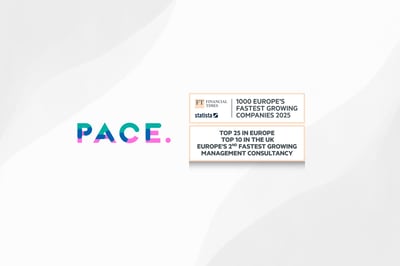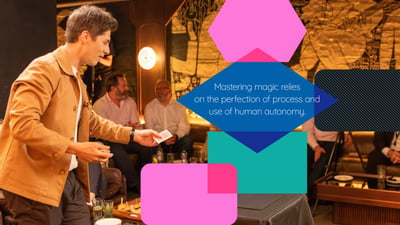Intelligent Automation Summit Highlights

The Intelligent Automation Summit in Berlin was packed with insights, so we’d thought we’d bring you a couple of highlights and attempt to demystify them.
- “Hyperautomation (Gartner-term) and Intelligent Process Automation has the potential to deliver total savings of approx. $10trillion p.a.” Gartner defines hyperautomation as the concept of combining multiple automation technologies, such as robotic process automation (RPA), artificial intelligence (AI), machine learning (ML), and process mining, to automate and augment business processes. The goal of hyperautomation is to enable end-to-end automation of processes, from simple, repetitive tasks to complex, decision-making processes. This approach leverages the strengths of different automation technologies to achieve greater efficiency, scalability, and agility in business operations. Hyperautomation goes beyond traditional automation by incorporating advanced technologies to automate more complex and cognitive tasks, ultimately driving digital transformation and innovation within organizations.
But here’s the real kicker: humans are at the heart of this transformation. The summit underscored that automation isn’t about replacing jobs—it’s about augmenting them. By automating repetitive tasks, employees can focus on high-value work that requires creativity and critical thinking.
So, how can businesses begin to adopt these insights? It starts with education and buy-in from leadership. Employees need to understand the benefits of automation and feel empowered to embrace it. This means investing in training programs and creating a culture that values innovation and continuous improvement.
Additionally, businesses should start small, identifying areas where automation can have the most significant impact and gradually scaling up from there. By taking a strategic approach and involving employees every step of the way, organizations can unlock the full potential of intelligent automation and propel themselves into the future.






-01%20(2)%20bw.png?width=1440&height=1440&name=2025%20ST_HUNDRED_LOGO_HOIZ_1x1_RGB%20(1)-01%20(2)%20bw.png)